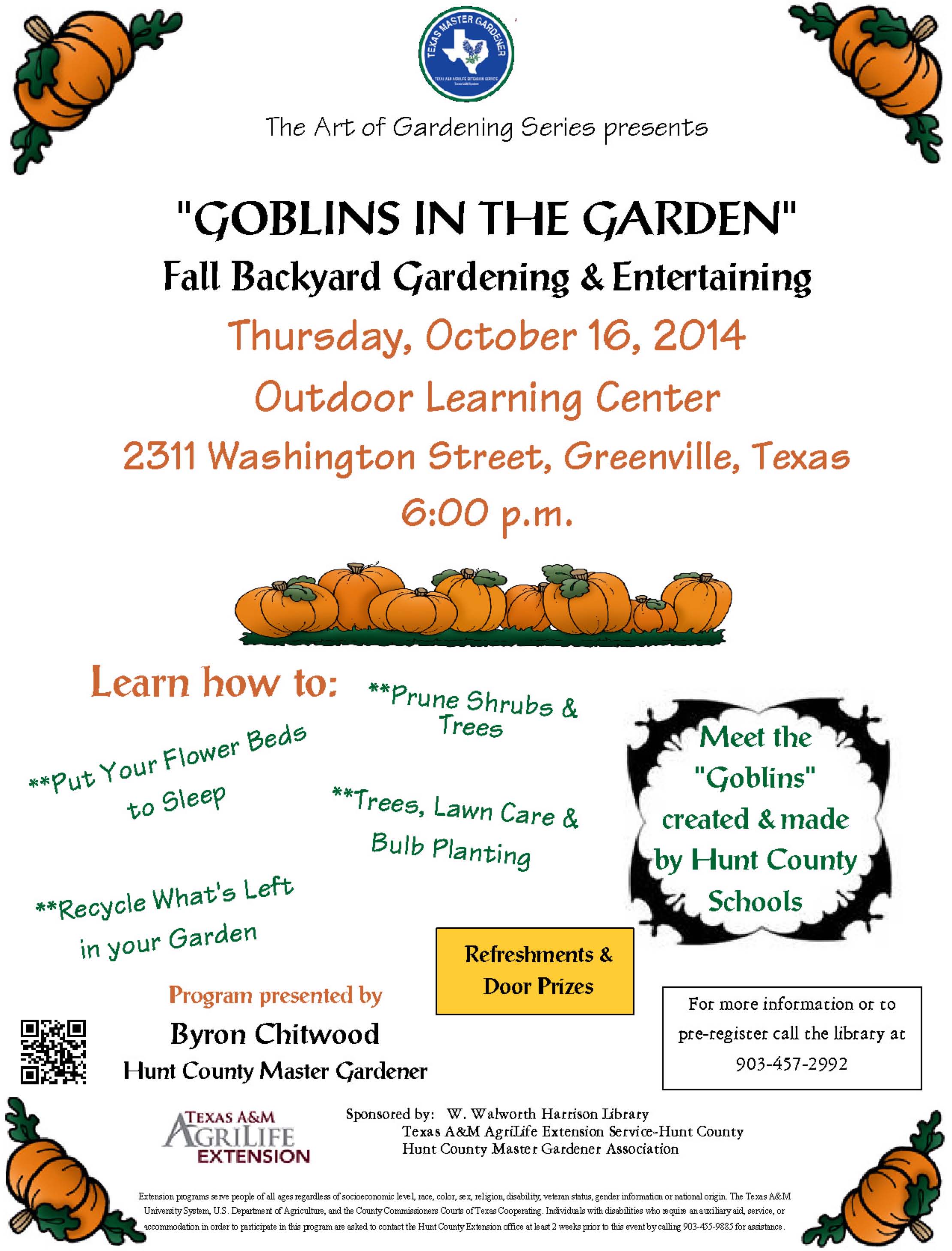Planting Container Shrubs by Wanda Loras
Right now is the best time to plant your container shrubs. The weather is pleasingly warm during the day and the nights are cool and refreshing. Just like humans, newly planted shrubs love this weather too.
September through December is the best planting time because you have 5- 7 months for the roots to grow and strengthen. You may think your shrubs are asleep during the winter months but a lot is happening under the covers. Plant roots will grow as long as the soil temperature is 40 + degrees Fahrenheit. In North Central Texas the soil temperature does not get below 40 very often. So when the blast of heat from our hot summer months envelope them they are strong and healthy enough to adapt.
Shrubs are an intricate part of the landscape. They come in a multitude of shapes, sizes, and colors. After you have decided where you want your shrubs the next step is planning. Make note of the space available.
If you are adding shrubs, consider a different shape, color, or height. Look at the label with the shrub. Most will state the mature height and width. If you have a four foot space and you buy a plant solely because you like the way it looks without factoring in the mature size you will not be happy. My friend planted a Fraser’s Photinia in a four foot space because she liked the color. When I told her how big this plant would be at maturity her comment to me was, “Oh well, I can keep it trimmed.” At maturity a Fraser’s Photinia would look like a skeleton if kept to a 4 foot width! Imagine all that trimming work as well. That is why reading the label is one of the most important things you can do when selecting plants. Most labels will also inform you of the spacing between plants, the lowest temperature the plant can withstand, the moisture conditions needed, and if the plant requires a sunny, partial shade, or shade location. Some shrubs do not have a label with all these conditions available. For this reason, find a reputable nursery with informed staff that can answer your questions.
When you plant, dig a hole wide enough for a six inch clearance all around (12” diameter root ball needs 24” dia. hole) and only as deep as the root ball (12” deep root ball needs 12” deep hole). The depth is important to insure the shrub does not sink into the hole due to settling. The width is important because it keeps the roots from hitting a brick wall as soon as they want to travel. They need loose soil to grow and expand. Put a little loose soil in the bottom of the hole so the root ball is slightly higher than the surface. When placing the shrub in the hole, pick it up from the bottom of the root ball and place it in the center of the hole and backfill half of the depth with composted native soil. Tamp the soil down and slightly water to settle the soil. Finish filling the hole with the composted soil to the ground surface. Tamp the soil down and thoroughly soak the root ball and surrounding area. The root ball should be slightly above the surface. Keep watered every 7-10 days. Finish with 4 to 6 inches of mulch and wait for spring to fertilize.
If you choose the right shrub for the space you will have years of enjoyment with a minimal amount of trimming. In fact, I have shrubs I never trim. A little planning will save you many hours of labor and frustration.


